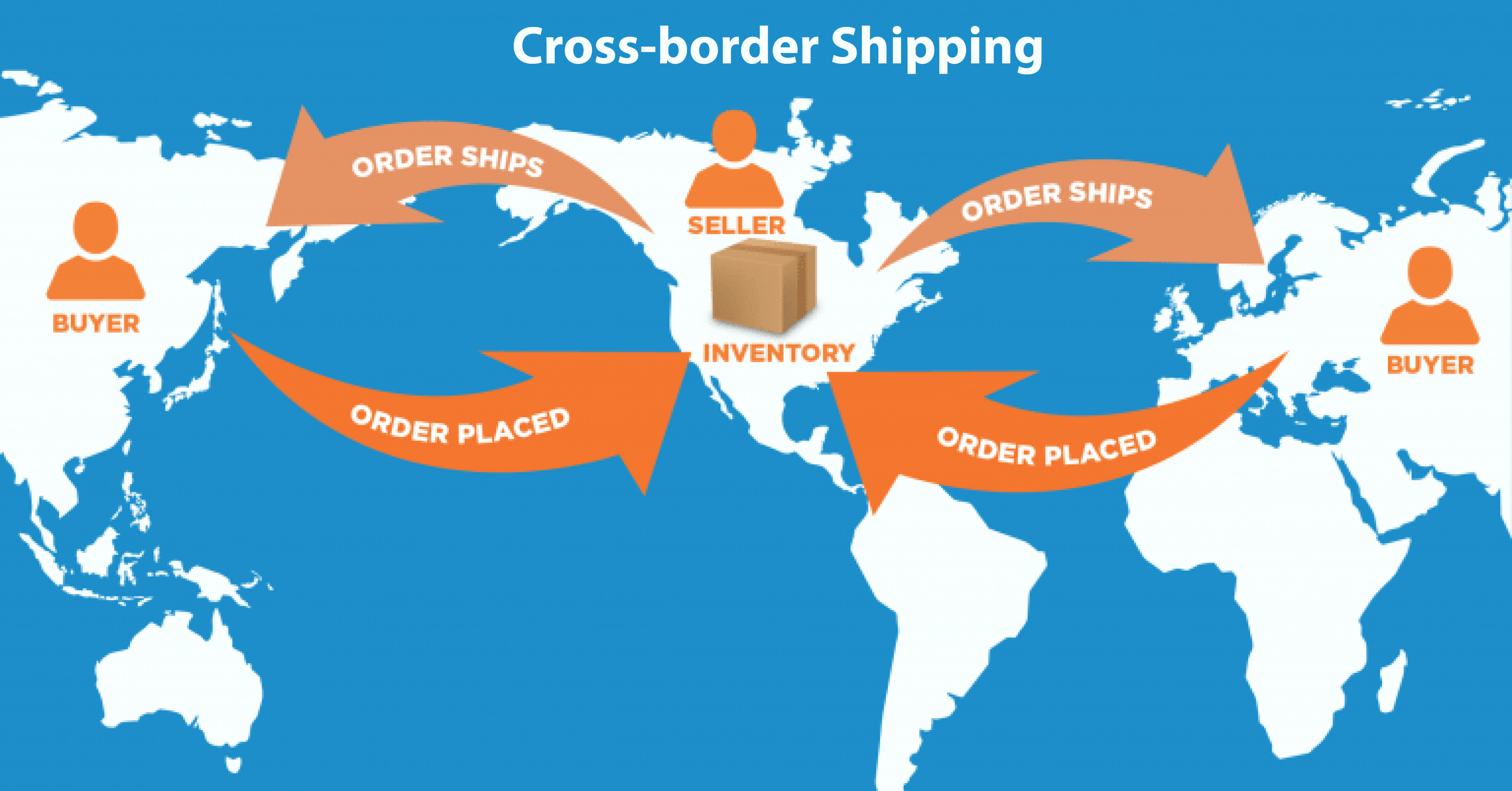Understanding the Landscape of Cross-Border Shipping
In today’s global economy, businesses rely heavily on cross-border shipping to facilitate trade across international boundaries. This shipping process opens up avenues for expansion and revenue generation; however, it is fraught with numerous challenges. The logistics involved in cross-border trade present complex hurdles that can disrupt supply chains and hinder business growth. Thus, understanding cross-border shipping challenges becomes essential for businesses looking to optimize their international shipping practices.
For instance, customs clearance problems often lie at the heart of international shipping issues, impeding the flow of goods across borders. Moreover, shipping compliance regulations vary by country, compounding the difficulties companies face in maintaining compliance and ensuring timely delivery of products. Therefore, a deep dive into the various aspects of cross-border shipping can help businesses navigate these challenges more effectively.
The Intricate Fabric of Cross-Border Trade
In essence, cross-border trade forms the backbone of the global economy. With the rise of e-commerce, particularly cross-border e-commerce, the demand for efficient international shipping solutions has surged. However, this burgeoning market exposes businesses to a spectrum of cross-border trade issues that threaten the integrity of supply chains. These challenges stem from differences in regulations, cultural variations, and distinct logistical frameworks across borders.
To thrive in the world of global trade logistics, companies must familiarize themselves with the regulatory environments of the countries they serve. Whether it be managing import/export regulations or understanding local customs documentation requirements, a proactive approach becomes imperative. By addressing these regulatory hurdles, organizations enhance their ability to facilitate smooth transactions across borders, thus boosting customer satisfaction and trust.
Unpacking Customs Clearance Problems
Customs clearance problems frequently emerge as the most significant bottlenecks in international shipping. The complexity of tariffs, duties, and compliance with import/export regulations can result in lengthy delays. Furthermore, a single misstep in documentation can lead to substantial financial penalties or, worse, a complete denial of entry for goods. It’s crucial for companies to stay abreast of both current and evolving customs regulations to mitigate these risks.
Organizations must invest in robust customs documentation processes, ensuring compliance from the outset. This approach not only accelerates the clearance process but also alleviates the stress associated with unexpected setbacks. Partnering with experienced customs brokers can provide invaluable insights into navigating the labyrinth of customs regulations, thus enhancing operational efficiency.
The Struggle with Shipping Compliance Regulations
Navigating shipping compliance regulations can feel like traversing a maze. Each country establishes its own rules regarding what can and cannot be shipped, alongside the associated documentation requirements. Failure to adhere to these regulations can result in shipments being delayed, returned, or confiscated altogether, which underscores the necessity for stringent compliance management.
Fortunately, businesses can adopt various logistics management solutions to streamline their compliance processes. By leveraging technology, companies can automate their compliance checks through software that tracks and updates shipping rules and regulations in real-time. This proactive measure can significantly reduce the likelihood of encountering compliance-related shipping delays.
The Impact of Border Crossing Delays
Border crossing delays represent one of the most frustrating challenges in cross-border shipping. These delays can arise due to several factors, including heightened security protocols, overcrowded customs facilities, and even natural disasters. Businesses must account for these potential pitfalls when planning their logistics strategies, as delays can ripple through the entire supply chain, impacting delivery times and customer satisfaction.
To mitigate border crossing delays, companies should implement proactive supply chain management strategies. This could involve maintaining continuous communication with logistics partners, as well as utilizing data analytics to predict potential delays. By developing contingency plans and maintaining flexibility in their logistics operations, businesses can more effectively navigate unexpected challenges.
Overcoming Freight Forwarding Challenges
Freight forwarding challenges are particularly prominent in the realm of international shipping. Freight forwarders play a crucial role in managing the logistics of transporting goods, yet issues such as capacity constraints, fluctuating shipping rates, and regulatory changes can complicate their operations. Furthermore, selecting an ideal freight forwarder that aligns with specific needs can be a daunting task for shippers.
To ensure success, businesses should assess potential freight forwarders meticulously. Factors to consider include the forwarder’s reputation, experience in specific markets, and ability to navigate both logistical complexities and international shipping best practices. By forging solid partnerships with proficient freight forwarders, companies can effectively reduce freight forwarding challenges and optimize their shipping processes.
Pricing Strategies for Shipping Cost Optimization
Shipping costs can decisively impact the overall profitability of a business engaged in cross-border trade. Hence, organizations must explore various strategies for shipping cost optimization. These strategies may include negotiating better rates with carriers, consolidating shipments, or leveraging alternative shipping routes. Moreover, understanding the full spectrum of costs, such as insurance and taxes, is vital for developing an accurate pricing strategy.
Emphasizing the need for transparency, companies should ensure that all stakeholders involved in the shipping process share information regarding costs and potential savings. This practice not only fosters trust but also promotes collaborative problem-solving, leading to innovative approaches to reducing shipping expenses without compromising service quality.
Tackling Supply Chain Challenges Head-On
The challenges inherent to supply chains often become exacerbated in the realm of cross-border shipping. Such supply chain challenges may emerge from geopolitical tensions, natural disasters, or unpredictable factors that arise during transport. Consequently, businesses must refine their supply chain strategies to ensure adaptability and resilience in the face of these global shipping challenges.
To effectively tackle supply chain challenges, organizations should invest in advanced technology that enhances visibility across the supply chain. Implementing tools such as real-time tracking systems can enable businesses to monitor shipments and respond instantly to any unforeseen issues. Additionally, fostering strong relationships with suppliers, freight forwarders, and customs brokers can enable quicker resolutions to potential disruptions.
Risk Management in Cross-Border Shipping
As with any business operation, risk management stands as a critical component of successful cross-border shipping. Companies must identify potential shipping risks, ranging from theft and damage to compliance failures and geopolitical issues. By categorizing and prioritizing risks, organizations can craft effective risk management strategies tailored to their unique shipping environments.
Establishing comprehensive shipping risk management processes should involve training employees, creating contingency plans, and acquiring appropriate insurance coverage. Moreover, continual evaluation of risk management strategies ensures alignment with industry best practices, thus reinforcing a company’s commitment to operational excellence and compliance.
Implementing Trade Compliance Solutions
Given the myriad of regulations overseeing international shipping, implementing effective trade compliance solutions is crucial for businesses engaged in cross-border shipping. These solutions help ensure compliance with import/export regulations while minimizing costs associated with non-compliance and penalties. Additionally, they can simplify the complexities surrounding customs documentation requirements.
To foster effective trade compliance, organizations can leverage software solutions that automate compliance checks and reduce the potential for human error. Training staff in compliance matters also enhances an organization’s ability to navigate the international shipping landscape efficiently. By establishing a culture of compliance, companies can safeguard themselves from the pitfalls associated with cross-border logistics.
Best Practices for International Shipping
Lastly, adhering to international shipping best practices can provide businesses with a competitive advantage in the global marketplace. A few best practices include maintaining clear and detailed customs documentation, effectively communicating with all stakeholders, and investing in technology to enhance logistics management solutions. By following these practices, organizations can streamline their shipping processes while improving customer satisfaction.
Regularly reviewing and refining shipping strategies will bolster a company’s ability to adapt to an ever-changing global landscape. Engaging in continuous improvement ensures that businesses remain agile and responsive to the evolving needs of the market and their customers, ultimately paving the way for sustained success in cross-border shipping.
Conclusion: Charting a Course Towards Effective Cross-Border Shipping
Navigating the challenges associated with cross-border shipping requires a proactive, informed approach. As businesses expand their reach into new markets, understanding and addressing cross-border shipping challenges becomes a critical undertaking. By implementing effective cross-border logistics solutions and adhering to international shipping best practices, organizations can enhance their operational efficiencies and mitigate the risks associated with global trade.
Moving forward, companies must remain vigilant, continually seeking advancements in logistics management solutions, understanding the nuances of import/export regulations, and adapting to the dynamic landscape of international freight solutions. In doing so, they will not only overcome shipping challenges but also unlock the full potential of cross-border trade.





